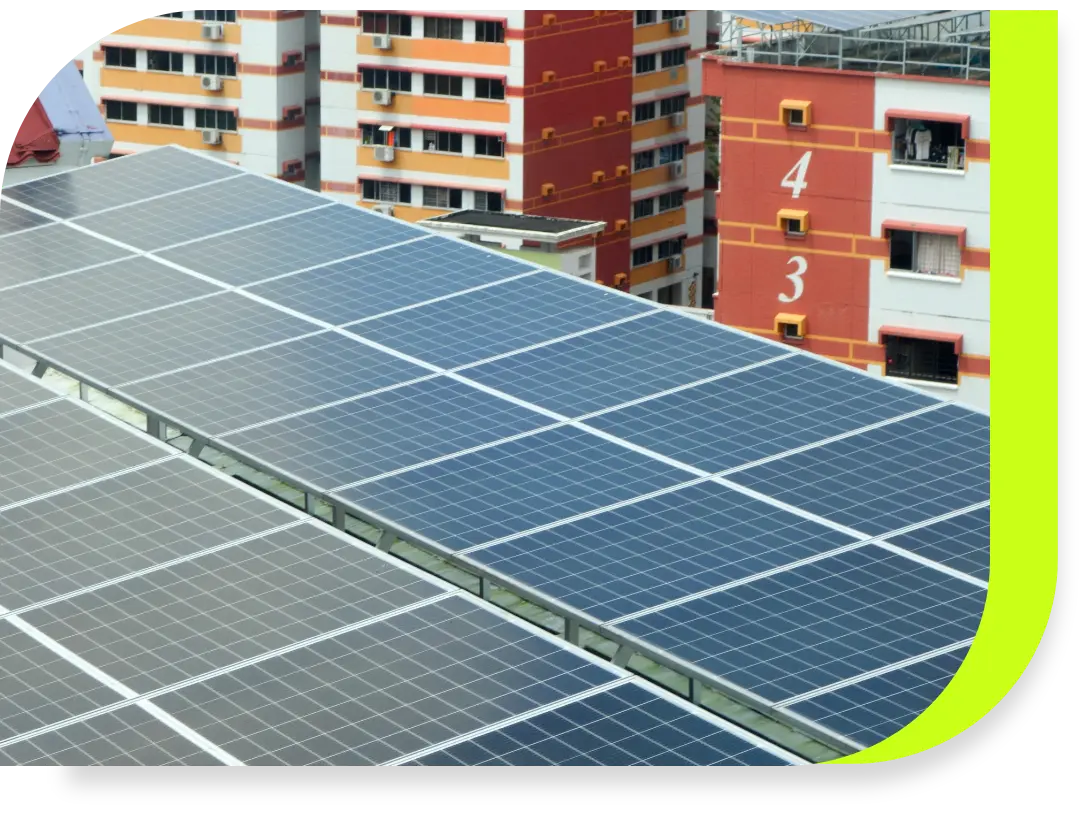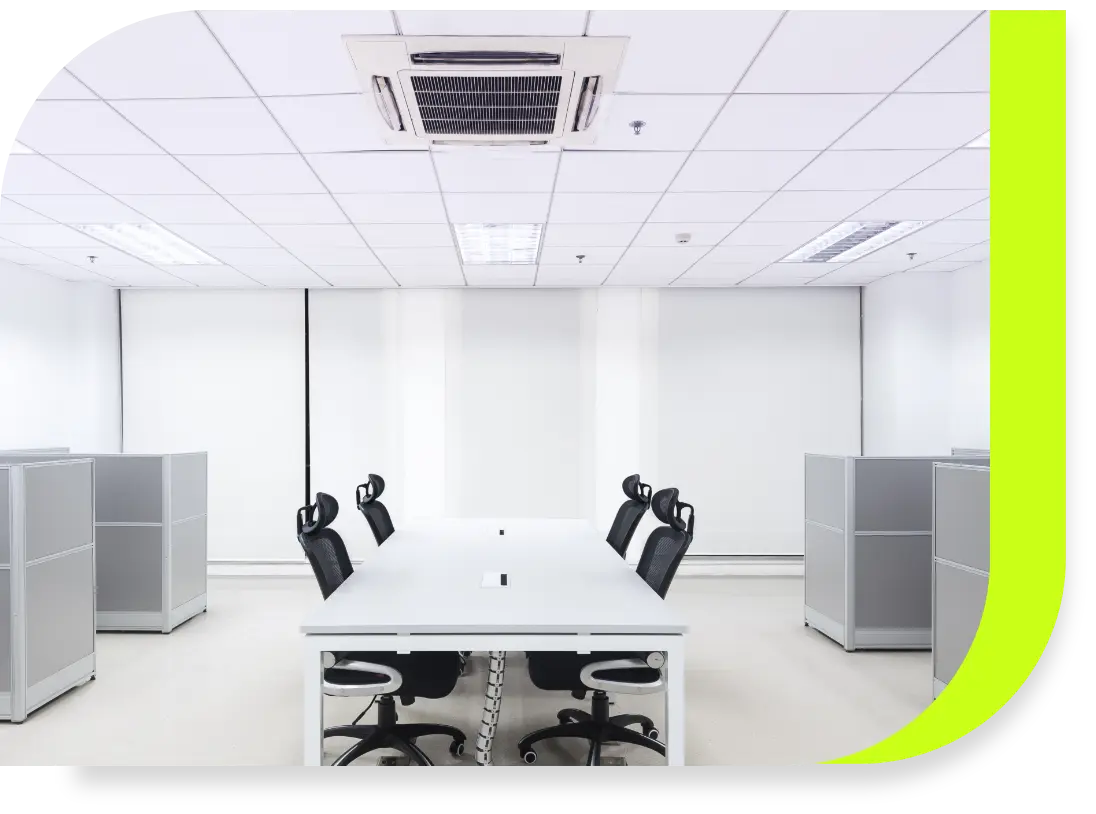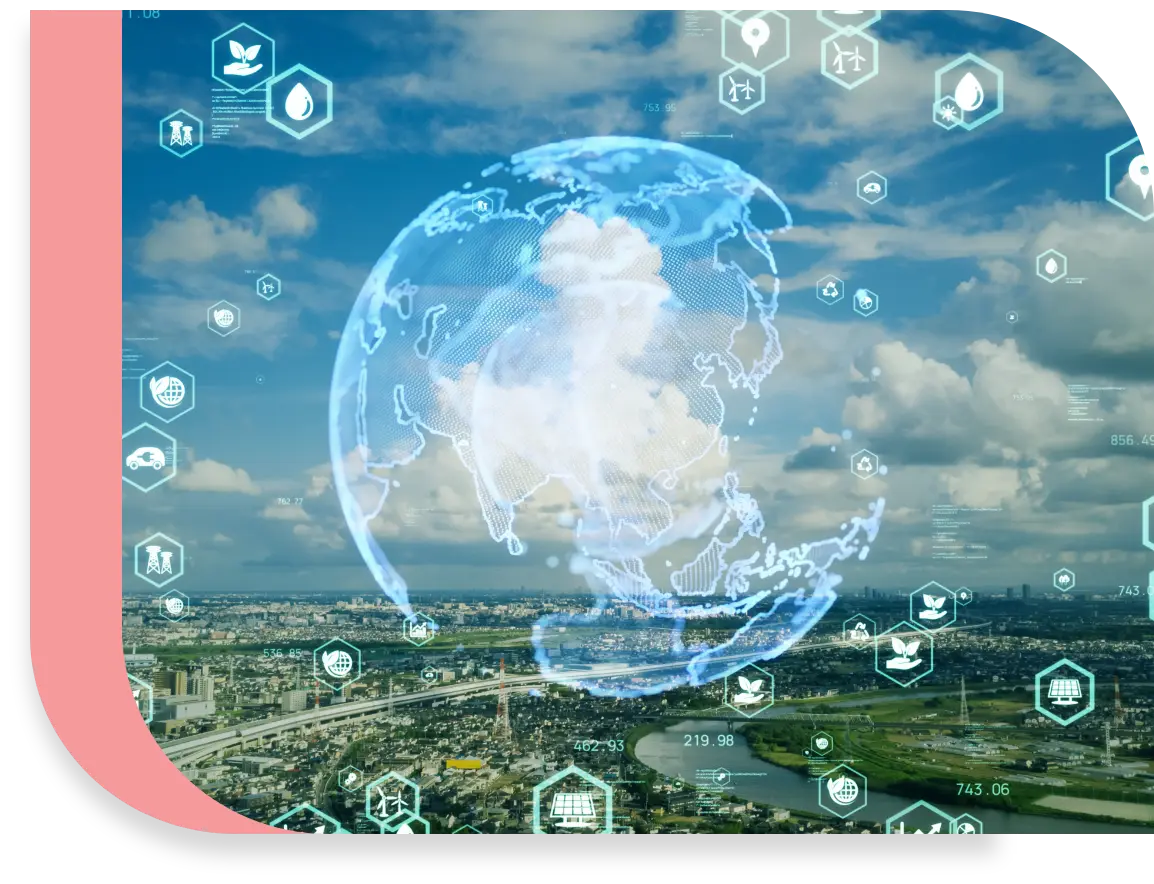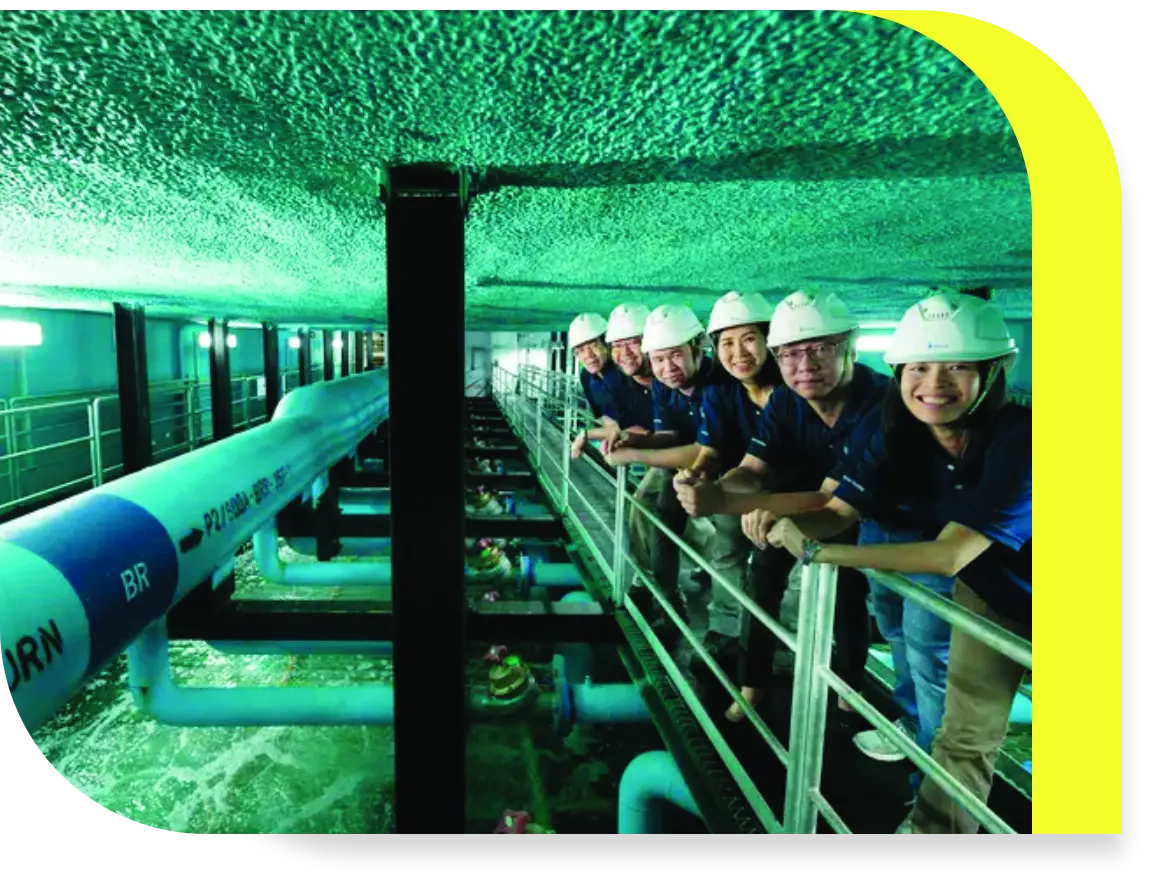Weathering the weather
Weather-related headlines have become more frequent of late. The year 2024 was officially the warmest on record, with storms, floods and droughts taking its toll around the world1.
For most part of the year, Brazil endured its worst drought since records began, affecting 60% of the country1. In October the region of Valencia, Spain suffered devastating flash floods when the equivalent of a whole year’s worth of rain fell in just 8 hours1. Around the same time, on the other side of the globe, typhoon Yagi swept across southern China and parts of South East Asia, causing severe flooding and landslides, and becoming Asia’s most powerful typhoon of the year2.
Meanwhile, here in Singapore, we experienced 122 extra days of dangerous heat in 2024, with a new report claiming that without climate change, we would only have experienced 4 of such days a year3.
As we endure the extreme climate conditions of today, we can also find strategies to use the very same weather to our benefit.
Solar energy remains the most promising renewable energy source for Singapore. And SP Group has been working with organisations to take advantage of this. For example, SP Group is working with Seatrium Ltd (formerly Semcorp Marine) to oversee the deployment of solar panels on the rooftops of the Tuas Boulevard Shipyard, to help lower its carbon footprint. But that’s not all. The solar energy generated will be integrated with SP’s GET® (Green Energy Tech) smart building management system. The GET® system utilises the Internet of Things (IoT), Artificial Intelligence (AI) and smart sensors to ensure that the energy generated is well-stored, well-managed and optimised. Collectively, this will provide up to 60% of power for the yard’s steel fabrication facility, and better yet, it will reduce annual carbon emissions by more than 4,200 tonnes. Other solar projects that benefit from our hot days include floating photovoltaic (PV) panels on reservoir surfaces, such as Tengeh Reservoir, and deploying Energy Storage Systems (ESS) on Jurong Island to enable more stable and reliable solar energy supply to the grid4.


When the temperature goes up, so does energy usage from air-conditioning. In Singapore, household and building use of air-conditioning constitutes 19% of Singapore’s carbon emissions, making it the second highest contributor of emissions after the industrial sector5. Smart management of air-conditioning consumption however, can help lower energy wastage and carbon emissions significantly. SP’s GET® Control does this exactly. It is an innovative microclimate control system that takes into account user occupancy and ambient weather conditions to regulate and optimise the indoor temperature. This eliminates spots that are too warm or too cold in the building, rain or shine, and more importantly, saves on energy consumption.
The race is on to set up more renewable energy sources for the future of our planet, and that means also enabling others outside of Singapore to benefit from our renewable energy tech. SP Group has been working with several organisations in Vietnam, Thailand and China to set up renewable energy sources. For instance, SP Group made an investment in its first batch of agrivoltaic assets in Guangdong, China to integrate solar photovoltaics (PV) with battery energy storage systems across four existing agricultural sites. This mega project will be expected to contribute a substantial 91.3 Gigawatt-hours (GWh) of clean electricity annually, while helping to reduce usage of coal by close to 30,000 tonnes and reduce annual sulfur dioxide and nitrogen oxide emissions by more than 2,700 tonnes and 1,360 tonnes respectively.


When it comes to district cooling, SP Group has been leading the way in Singapore with several successful projects already completed. This includes the Marina Bay district cooling network that currently serves buildings such as Marina Bay Sands Resort, Marina Bay Financial Centre and Gardens By The Bay. Suntec City will be the latest development to be connected to this network, expanding what is already the largest underground cooling network in the world, and joining in the benefit of saving energy by as much as 40%6 District cooling utilises a central plant to distribute chilled water for cooling a group of buildings, allowing these buildings to co-benefit from shared equipment and efficiencies. The choice to build the plant underground has its own additional benefits. It eliminates the space required for on-site chillers and roof-top cooling towers7 while ensuring that the system itself is not subject to fluctuating heat levels above ground, thus eliminating unexpected energy consumption spikes or emissions related to weather conditions.
As we fight global warming together, find out how you can use the weather to your advantage.
Contact us for more information on SP’s energy management solutions
Footnotes
1The extreme weather events of 2024 as year declared warmest on record, BBC, December 2024
2Typhoon Yagi: Asia’s most powerful storm submerges parts of Vietnam and Thailand, CCN, September 2024
3Singapore had 122 more dangerous heat days in 2024 due to climate change, The Straits Times, December 2024
4Singapore Green Plan, greenplan.gov.sg
5Commentary: Air-conditioning – the unspoken energy guzzler in Singapore, CNA, September 2020
6URA offers developers incentives to tap energy-efficient cooling systems, The Straits Times, September 2024
7World’s biggest underground district cooling network now at Marina Bay, Today Online, March 2016

